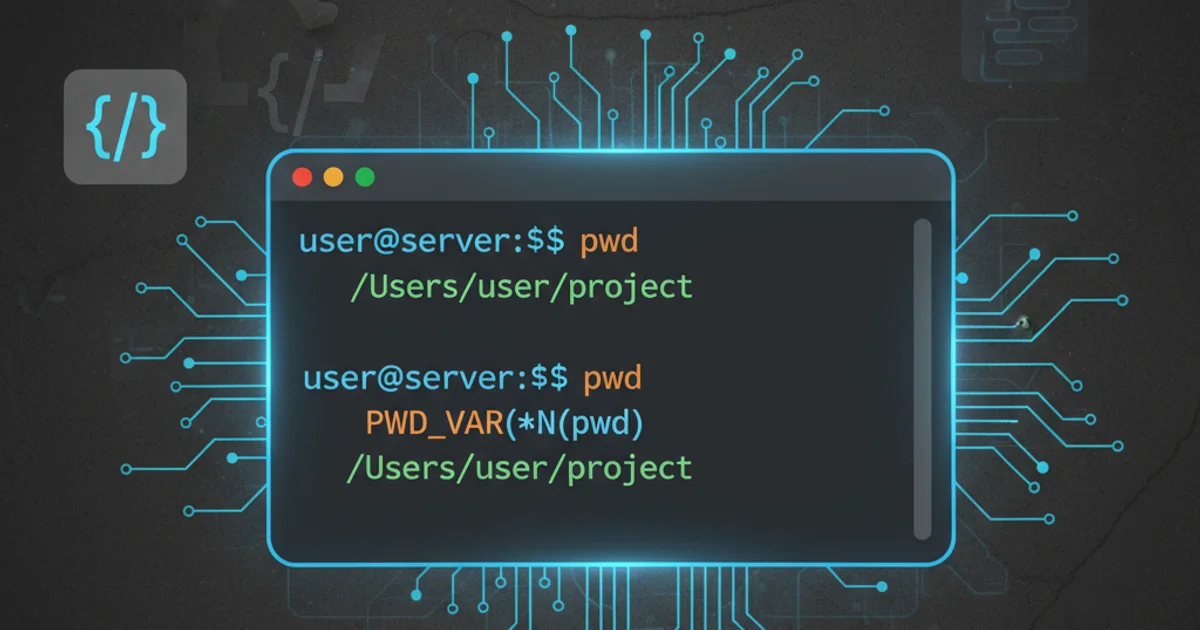Clear the terminal in Python
Categories:
How to Clear the Terminal Screen in Python

Learn various methods to clear the terminal or console screen in Python across different operating systems, ensuring a clean output for your scripts.
Clearing the terminal screen is a common requirement in many interactive Python applications or scripts. It helps in presenting a clean output, improving readability, and enhancing the user experience. However, clearing the terminal is not a built-in function in Python itself, as it's an operating system-dependent task. This article will guide you through different approaches to achieve this, covering Windows, Linux, and macOS.
Understanding OS-Specific Commands
The primary challenge in clearing the terminal cross-platform is that each operating system uses a different command for this action. Windows typically uses cls (clear screen), while Unix-like systems (Linux, macOS) use clear. Python's os module provides a way to interact with the operating system, allowing us to execute these commands from within a Python script.
flowchart TD
A[Python Script Execution] --> B{Detect OS?}
B -- Yes --> C{OS is Windows?}
C -- Yes --> D[Execute 'cls']
C -- No --> E[Execute 'clear']
B -- No --> F[Handle Error/Fallback]
D --> G[Terminal Cleared]
E --> GFlowchart illustrating OS-dependent terminal clearing logic.
import os
def clear_terminal():
# For Windows
if os.name == 'nt':
_ = os.system('cls')
# For macOS and Linux (posix)
else:
_ = os.system('clear')
print("This is some output before clearing.")
input("Press Enter to clear the screen...")
clear_terminal()
print("Screen has been cleared!")
A basic Python function to clear the terminal based on the operating system.
_ = os.system(...) syntax is used to suppress the return value of os.system() which indicates the exit status of the command. This keeps your console output cleaner.Using ANSI Escape Codes (Cross-Platform Alternative)
While os.system() is effective, another method involves using ANSI escape codes. These are special sequences of characters that can control cursor movement, color, and other terminal features. The sequence \033[H\033[J (or \x1b[H\x1b[J) is commonly used to clear the screen and move the cursor to the home position. This method is generally more portable as many modern terminals support ANSI escape codes, regardless of the underlying OS.
import time
def clear_terminal_ansi():
# ANSI escape code to clear screen and move cursor to home
print("\033[H\033[J", end="")
print("Output before ANSI clear.")
time.sleep(2)
clear_terminal_ansi()
print("Screen cleared using ANSI escape codes!")
Clearing the terminal using ANSI escape codes.
os.system() method is generally more robust for broad compatibility.Practical Implementation Steps
Here's how you can integrate terminal clearing into your Python scripts effectively.
1. Import the os module
At the beginning of your script, add import os to gain access to operating system functionalities.
2. Define a clearing function
Create a function, for example, clear_screen(), that checks os.name and executes the appropriate command ('cls' for Windows, 'clear' for others).
3. Call the function when needed
Invoke clear_screen() at points in your script where you want to refresh the terminal display, such as after user input or before displaying new information.
4. Consider ANSI as an alternative
If you prefer a potentially faster and more 'Pythonic' way (without spawning a subshell), use the ANSI escape code method, but be aware of its compatibility limitations.